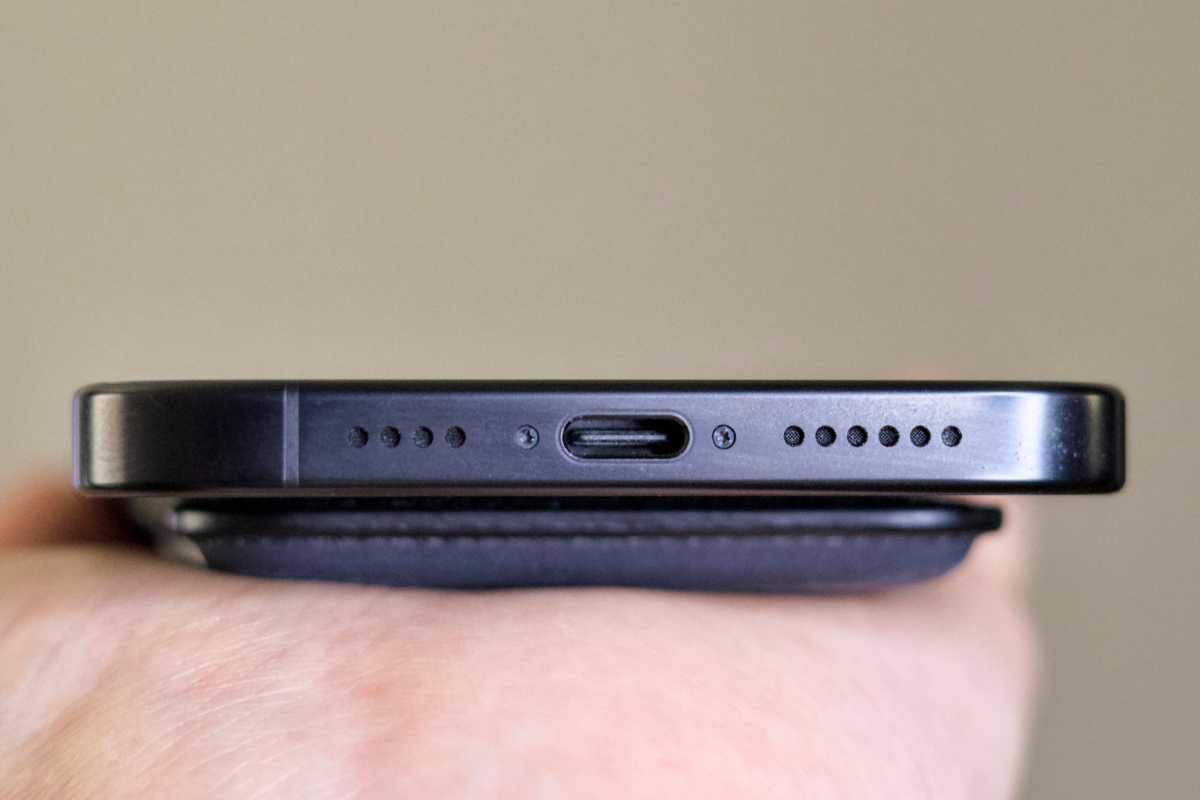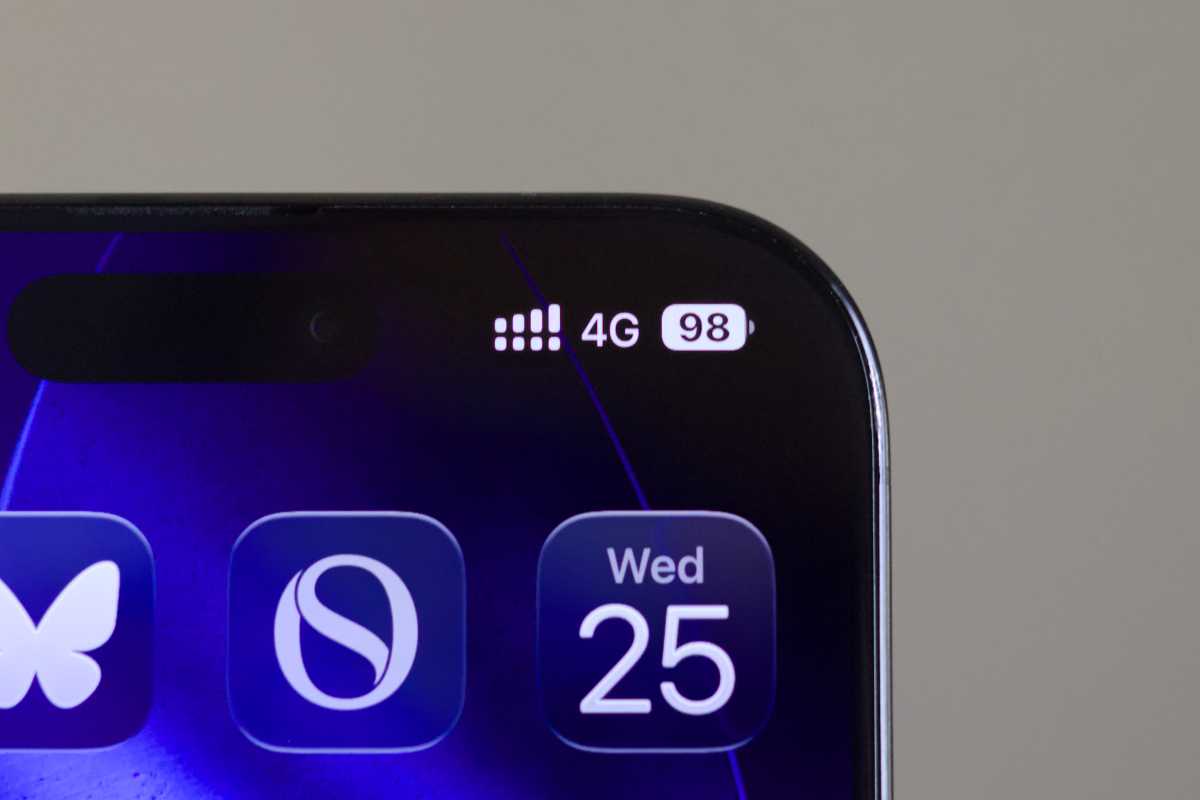The Rajiv Gandhi Rural Housing Corporation Ltd (RGRHCL) has decided to adopt innovative Glass Fibre Reinforced Gypsum (GFRG) technology developed by Indian Institute of Technology (IIT)-Madras to speed up implementation of housing projects.
Under the GFRG technology, prefabricated wall and roof panels are manufactured using gypsum plaster reinforced with glass fibre. Gypsum is a by-product of fertiliser industry. The panels are hollow and they can be filled with concrete for reinforcement. The RGRHCL has taken up construction of a model building with a built-up area of 1,700 sqft using the technology at Jalahalli in Bengaluru. Cost per sqft of the model house is estimated at Rs 1,400, excluding the cost of land.
"The technology is widely used in the neighbouring Tamil Nadu for implementing group housing projects. It is not only cost effective but easy to construct. A ready-to-occupy house can be constructed within two months using the technology.
Whereas, it needs minimum of six months to construct a conventional concrete house.
The technology will go a long way in speedy implementation of housing projects of the government," RGRHCL managing director Munish Moudgil said.
Unlike conventional building materials, the GFRG panels (also called rapidwalls) have low thermal conductivity and high thermal resistance. Hence, indoor temperature of a GFRG building is cooler by five to six degree Celsius compared to concrete building.
The high thermal resistance of rapidwalls will keep interiors cooler in summer and warmer in winter. Besides, the GFRG houses are earthquake resistant. For, these houses do not crumble due to earthquake; they only caves in, he explained.
Moudgil said the RGRHCL has decided to take up construction of 1,500 houses in Bengaluru Urban district under Namma Mane scheme using the GFRG technology to begin with. The Bengaluru Urban district administration has recently allotted 100 acres to the Corporation. The land will be utilised for providing shelters to the poor using the new technology. Besides, a proposal has been submitted to the government to entrust the RGRHCL with the responsibility of implementing the Centre-sponsored group housing scheme for the urban poor in 23 urban local bodies of the state, excluding Bengaluru, he added.
DHNews Service
![A model house being constructed by Rajiv Gandhi Rural Housing Corporation Ltd at Jalahalli in Bengaluru, using Glass Fiber Reinforced Gypsum technology.]() The Rajiv Gandhi Rural Housing Corporation Ltd (RGRHCL) has decided to adopt innovative Glass Fibre Reinforced Gypsum (GFRG) technology developed by Indian Institute of Technology (IIT)-Madras to speed up implementation of housing projects.
The Rajiv Gandhi Rural Housing Corporation Ltd (RGRHCL) has decided to adopt innovative Glass Fibre Reinforced Gypsum (GFRG) technology developed by Indian Institute of Technology (IIT)-Madras to speed up implementation of housing projects.
Under the GFRG technology, prefabricated wall and roof panels are manufactured using gypsum plaster reinforced with glass fibre. Gypsum is a by-product of fertiliser industry. The panels are hollow and they can be filled with concrete for reinforcement. The RGRHCL has taken up construction of a model building with a built-up area of 1,700 sqft using the technology at Jalahalli in Bengaluru. Cost per sqft of the model house is estimated at Rs 1,400, excluding the cost of land.
"The technology is widely used in the neighbouring Tamil Nadu for implementing group housing projects. It is not only cost effective but easy to construct. A ready-to-occupy house can be constructed within two months using the technology.
Whereas, it needs minimum of six months to construct a conventional concrete house.
The technology will go a long way in speedy implementation of housing projects of the government,” RGRHCL managing director Munish Moudgil said.
Unlike conventional building materials, the GFRG panels (also called rapidwalls) have low thermal conductivity and high thermal resistance. Hence, indoor temperature of a GFRG building is cooler by five to six degree Celsius compared to concrete building.
The high thermal resistance of rapidwalls will keep interiors cooler in summer and warmer in winter. Besides, the GFRG houses are earthquake resistant. For, these houses do not crumble due to earthquake; they only caves in, he explained.
Moudgil said the RGRHCL has decided to take up construction of 1,500 houses in Bengaluru Urban district under Namma Mane scheme using the GFRG technology to begin with. The Bengaluru Urban district administration has recently allotted 100 acres to the Corporation. The land will be utilised for providing shelters to the poor using the new technology. Besides, a proposal has been submitted to the government to entrust the RGRHCL with the responsibility of implementing the Centre-sponsored group housing scheme for the urban poor in 23 urban local bodies of the state, excluding Bengaluru, he added.
DH News Service
Under the GFRG technology, prefabricated wall and roof panels are manufactured using gypsum plaster reinforced with glass fibre. Gypsum is a by-product of fertiliser industry. The panels are hollow and they can be filled with concrete for reinforcement. The RGRHCL has taken up construction of a model building with a built-up area of 1,700 sqft using the technology at Jalahalli in Bengaluru. Cost per sqft of the model house is estimated at Rs 1,400, excluding the cost of land.
"The technology is widely used in the neighbouring Tamil Nadu for implementing group housing projects. It is not only cost effective but easy to construct. A ready-to-occupy house can be constructed within two months using the technology.
Whereas, it needs minimum of six months to construct a conventional concrete house.
The technology will go a long way in speedy implementation of housing projects of the government," RGRHCL managing director Munish Moudgil said.
Unlike conventional building materials, the GFRG panels (also called rapidwalls) have low thermal conductivity and high thermal resistance. Hence, indoor temperature of a GFRG building is cooler by five to six degree Celsius compared to concrete building.
The high thermal resistance of rapidwalls will keep interiors cooler in summer and warmer in winter. Besides, the GFRG houses are earthquake resistant. For, these houses do not crumble due to earthquake; they only caves in, he explained.
Moudgil said the RGRHCL has decided to take up construction of 1,500 houses in Bengaluru Urban district under Namma Mane scheme using the GFRG technology to begin with. The Bengaluru Urban district administration has recently allotted 100 acres to the Corporation. The land will be utilised for providing shelters to the poor using the new technology. Besides, a proposal has been submitted to the government to entrust the RGRHCL with the responsibility of implementing the Centre-sponsored group housing scheme for the urban poor in 23 urban local bodies of the state, excluding Bengaluru, he added.
DHNews Service
 The Rajiv Gandhi Rural Housing Corporation Ltd (RGRHCL) has decided to adopt innovative Glass Fibre Reinforced Gypsum (GFRG) technology developed by Indian Institute of Technology (IIT)-Madras to speed up implementation of housing projects.
The Rajiv Gandhi Rural Housing Corporation Ltd (RGRHCL) has decided to adopt innovative Glass Fibre Reinforced Gypsum (GFRG) technology developed by Indian Institute of Technology (IIT)-Madras to speed up implementation of housing projects.Under the GFRG technology, prefabricated wall and roof panels are manufactured using gypsum plaster reinforced with glass fibre. Gypsum is a by-product of fertiliser industry. The panels are hollow and they can be filled with concrete for reinforcement. The RGRHCL has taken up construction of a model building with a built-up area of 1,700 sqft using the technology at Jalahalli in Bengaluru. Cost per sqft of the model house is estimated at Rs 1,400, excluding the cost of land.
"The technology is widely used in the neighbouring Tamil Nadu for implementing group housing projects. It is not only cost effective but easy to construct. A ready-to-occupy house can be constructed within two months using the technology.
Whereas, it needs minimum of six months to construct a conventional concrete house.
The technology will go a long way in speedy implementation of housing projects of the government,” RGRHCL managing director Munish Moudgil said.
Unlike conventional building materials, the GFRG panels (also called rapidwalls) have low thermal conductivity and high thermal resistance. Hence, indoor temperature of a GFRG building is cooler by five to six degree Celsius compared to concrete building.
The high thermal resistance of rapidwalls will keep interiors cooler in summer and warmer in winter. Besides, the GFRG houses are earthquake resistant. For, these houses do not crumble due to earthquake; they only caves in, he explained.
Moudgil said the RGRHCL has decided to take up construction of 1,500 houses in Bengaluru Urban district under Namma Mane scheme using the GFRG technology to begin with. The Bengaluru Urban district administration has recently allotted 100 acres to the Corporation. The land will be utilised for providing shelters to the poor using the new technology. Besides, a proposal has been submitted to the government to entrust the RGRHCL with the responsibility of implementing the Centre-sponsored group housing scheme for the urban poor in 23 urban local bodies of the state, excluding Bengaluru, he added.
DH News Service













